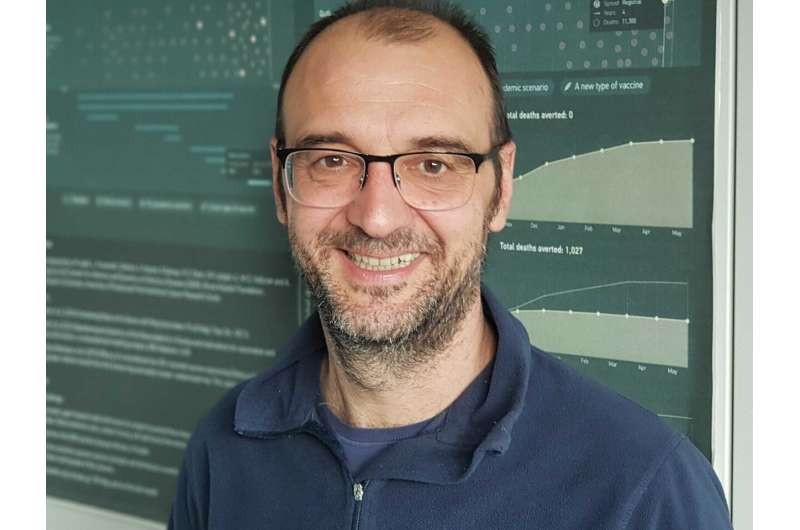Study calculates the probability of developing symptoms following SARS-CoV-2 infection

What is the probability of developing more or less serious symptoms following infection with the SARS-CoV-2 virus? The researchers from Trento-based Fondazione Bruno Kessler, in cooperation with Lombardy Region based health institutions as well as universities in Milan and the US, calculated it in a study conducted on 4,326 Lombardy residents.
The analysis, available online in the arXiv archive, pending publication in a scientific journal, found that 69.1% of all individuals under the age of 60 who contracted the SARS-CoV-2 infection did not develop clinical symptoms (defined in this analysis as respiratory symptoms or fever above 37.5 degrees). 6.9% of infected individuals over 60 years of age had critical symptoms, requiring intensive care or causing death. In general, the risk of having symptoms increases with age while it is substantially the same in men and women. In the latter, the risk of having critical symptoms is lower by 53.5%.
The study is critical to determining the percentage of symptomatic infections in the different age groups, i.e. individuals infected with the SARS-CoV-2 virus who show clinical symptoms. For example, 81.4% of individuals under 20 years of age show no clinical symptoms even if they have developed the infection. Infections without clinical symptoms in individuals over 80 go down to 33.1%.
"This work," Stefano Merler, FBK epidemiologist and author of the study, points out "allows us to clearly show the difficulties in identifying infections with surveillance, since the majority of these are not associated with respiratory symptoms or fever. The survey also represents a useful piece of information to better understand the role of children in the epidemiology of COVID-19, which we still know very little about. Everyone knows that few positive children were identified during the pandemic but this study allows us to determine the contribution of a possible lower susceptibility to infection in children, which we had identified in a previous study conducted in China, compared to the probability of developing clinical symptoms once infected. Finally, there are other interesting research questions. We estimated the probability of developing critical symptoms following the infection, finding that it is particularly high in the older age groups (18.6% in infected individuals aged 80 or more), as expected. But we have also seen that women have a lower risk and, even while we are waiting for other studies to confirm these results, the reason why is still unclear."
Methodological note: The study followed a cohort of individuals identified among the contacts of positive cases in the epidemiological investigation operations in Lombardy. In particular, all these case contacts were tested for SARS-CoV-2 (swab testing) or for antibodies (serology testing). 54% of contacts became infected and symptoms were monitored over time.
More information: Piero Poletti et al. Probability of symptoms and critical disease after SARS-CoV-2 infection. arXiv:2006.08471 [q-bio.PE]. arxiv.org/abs/2006.08471





















